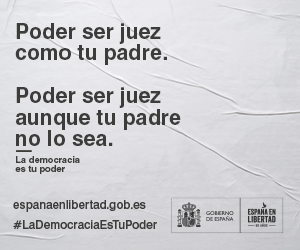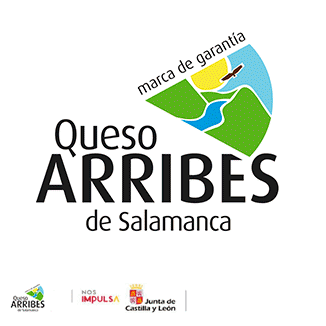EVITANDO EL IMPACTO AMBIENTAL
La mejor forma de disminuir y evitar la contaminación ambiental es aplicar las evaluaciones de riesgos y utilizar sistemas de análisis que permitan valorar potenciales impactos causados por las actividades empresariales y que, a la vez, aporten información comparativa entre organizaciones del mismo sector productivo.
El sistema más conocido es el Análisis del Ciclo de Vida (ACV), pero la Unión Europea ha establecido otro, la Huella Ambiental, variando y concretando el anterior con el fin de valor, presentar y comparar, ya que la gran variedad de alcances, aspectos, categorías, etc. que pueden darse no facilitan una sistematización adecuada.
Los impactos ambientales incluidos en la Huella Ambiental son: cambio climático, destrucción de la capa de ozono, toxicidad humana con efectos cancerígenos, toxicidad humana sin efectos cancerígenos, partículas y aspectos respiratorios, radiación ionizante, formación de ozono fotoquímico, acidificación, eutrofización terrestre, eutrofización acuática, ecotoxicidad en medio acuático, uso del suelo, consumo de recursos (agua) y consumo de recursos (minerales y combustibles fósiles).
La interpretación y evaluación será más sencilla e inteligible al contar con categorías y unidades de análisis predefinidas y, además, la Comisión Europea pretende que sea el método de análisis ambiental de referencia en la Unión Europea.
“Nunca la sabiduría dice una cosa y la naturaleza otra”. (Décimo Junio Juvenal)
AVOIDING THE ENVIRONMENTAL IMPACT
The best way to reduce and avoid environmental pollution is to apply risk assessments and use analysis systems that allow the assessment of potential impacts caused by business activities and, at the same time, provide comparative information between organizations in the same productive sector.
The best-known system is the Life Cycle Analysis (LCA), but the European Union has established another, the Environmental Footprint, varying and specifying the previous one in order to value, present and compare, since the wide variety of scopes, aspects, categories, etc. that can occur do not facilitate adequate systematization.
The environmental impacts included in the Environmental Footprint are: climate change, destruction of the ozone layer, human toxicity with carcinogenic effects, human toxicity without carcinogenic effects, particles and respiratory aspects, ionizing radiation, photochemical ozone formation, acidification, terrestrial eutrophication, aquatic eutrophication, ecotoxicity in aquatic environment, land use, resource consumption (water) and resource consumption (minerals and fossil fuels).
The interpretation and evaluation will be simpler and intelligible by having predefined categories and units of analysis and, in addition, the European Commission intends to be the reference environmental analysis method in the European Union.
“Wisdom never says one thing and nature another”. (Décimo Junio Juvenal)
Antonio González Losa























